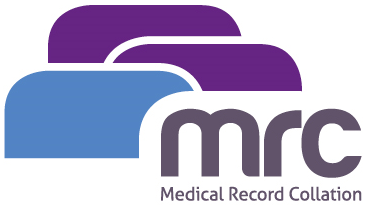Working in the field of clinical negligence it exposes us to the many situations where patients are let down by the healthcare system, this can unfortunately lead to quite a biased representation. There are, however, countless health care professionals who put in their utmost and sacrifice aspects of their own life in order to help others.
It was uplifting to read, back in January, the 2017 New Year Honours list and see such a broad spectrum of health and social care sector workers being given the recognition they rightly deserve.
One of those recognised for services to ‘Raising Awareness of Sudden Arrhythmic Death Syndrome’ is Mrs Anne Judith Jolly, founder and manager of the Sudden Adult Death Trust UK.
What is Sudden Arrhythmic Death Syndrome (SADS)?
The rhythm of the heartbeat is controlled by a group of cells located in the heart itself that regulates electrical activity in the rest of the muscle. Disruption of this electrical current can cause a disturbance to the heartbeat that can ultimately lead to death.
What does normal cardiac electrical activity look like?
Being an ex-coronary care nurse I have studied my fair share of ECG’s and can safely say it’s an incredibly difficult area to understand. However what may be helpful is a very simple explanation of the heartbeat – what actually is it and how does it look on an ECG?
The pumping action of the heart (heartbeat) is controlled by the heart’s electrical system or the cardiac conduction system. This is a group of specialised cells located in the wall of the heart which send rhythmic electrical impulses to the cardiac muscle causing it to contract in a regular fashion.
The cardiac conduction system comprises of:
- Sinoatrial (SA) node
- Atrioventricular (AV) node
- Bundle of His
- Bundle branches
- Purkinje fibres

A normal heartbeat:
- Contractions in the heart begin when electrical impulses are sent from the SA node (also known as the natural pacemaker), which is located in the right atrium (P wave).
- The impulse from the SA node causes the atria to contract, pushing blood through the open valves into the ventricles
- The electric signal arrives at the AV node which is located between the two atria.
- From here it travels through the bundle of His, divides into the left and right bundle branches and through the Purkinje fibres.
- This causes the ventricles to contract (QRS complex). When the ventricles contract blood from the right ventricle is pumped through the pulmonary valves and onto the lungs, blood from the left ventricle is pumped through the aortic valves and onto the rest of the body.
- After contraction the ventricles relax (T wave), and wait for the next electric impulse. The atria fill with blood and an impulse from the SA node starts the cycle over again.

When this normal electrical activity is disturbed it can lead to many different heart rhythm disorders including:
Atrial Fibrillation

Atrial Flutter

Asystole

Ventricular Tachycardia

Ventricular Fibrillation

This is not an exhaustive list but gives just an inkling of the complexities of the electrical wiring of the heart and what can happen when it goes wrong and how it appears on an electrocardiogram (ECG).
We hope that this article can give a brief overview of the biomechanics of the heart and the clinical methods used to interpret its behaviour. These Casenotes are intended to provide a foundational knowledge of various medical phenomena, but of course that’s no substitute for good old fashioned experience!
SADS UK highlights the oft-overlooked fact that young people and even children can be affected by potentially fatal cardiac conditions. Every week 12 young people die unexpectedly from a heart condition they didn’t know they had. This cardiac charity aims to save lives, provide information as well as fund research and medical equipment to prevent premature sudden cardiac death.
To find out more please visit: https://sadsuk.org.uk/newsite/
